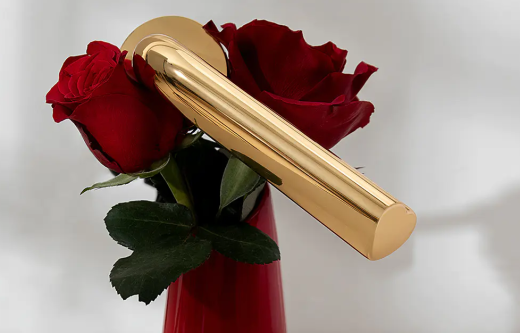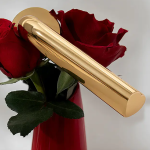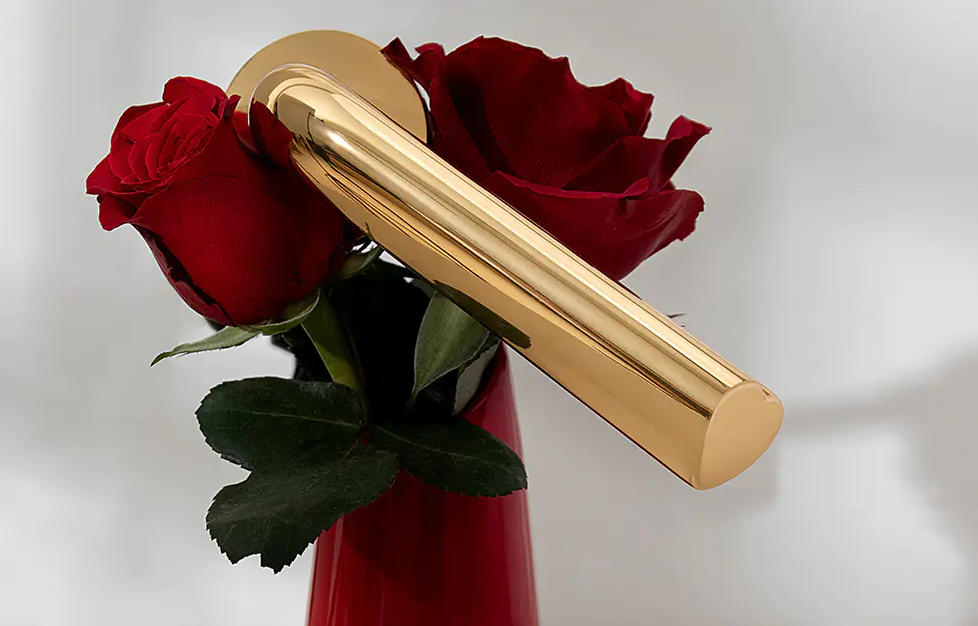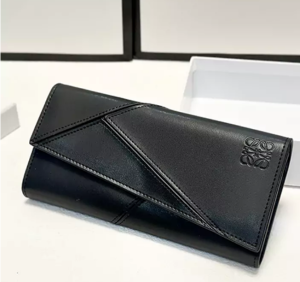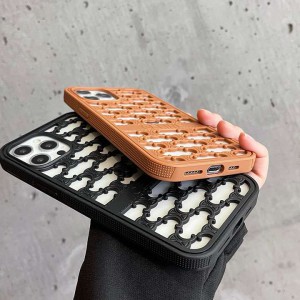Bathroom doors often come with different types of locks that accept a thumb-turned spindle. The center of thumb turn is usually 57mm from the center of the lever spindle, but in some cases, they can be 72mm, which is found on more European types of locks and doors. There are two most commonly used interior handles, the lever on the rose and the back panel lever door handle. With a lever rose handle, you need a separate thumb turn on the door, while with a back-plated handle, the thumb turn will be part of the board itself (which usually requires assembly). The thumb turn is always placed on the inside of the door, and on the outside is an emergency release slot that can be operated with a coin or something similar.
If the handles are used internally then they will last a long time. The key is to be careful when cleaning the handles, as they only require a dry cloth, or worst of all, a mild soapy damp rag. Avoid using any chemical cleaners and make sure you don’t install a new door handle on a freshly painted door (within 24 hours). Vapors from some paints may cause the coating to decompose. Use a temporary door handle in this case. It’s good to keep your handles clean on a regular basis, as some hand grease can erode the plated surface over time. We’ve seen new handles installed on construction site doors, and the plaster in the hands of site workers has corroded the surface before it can be used!
